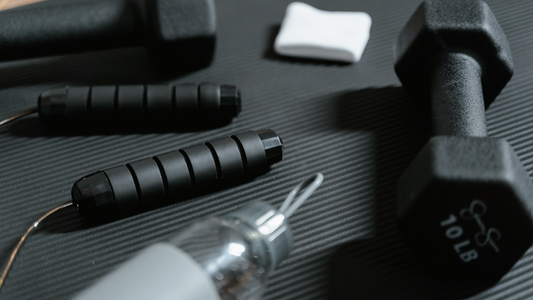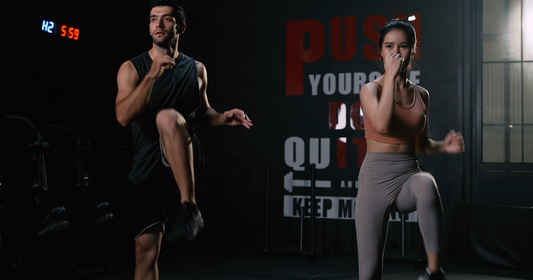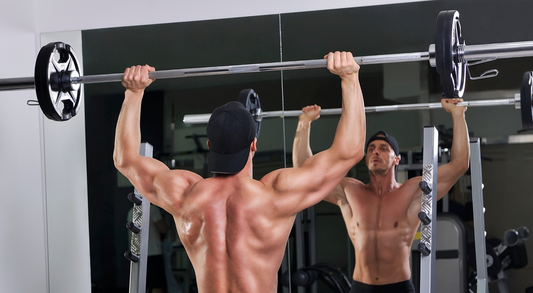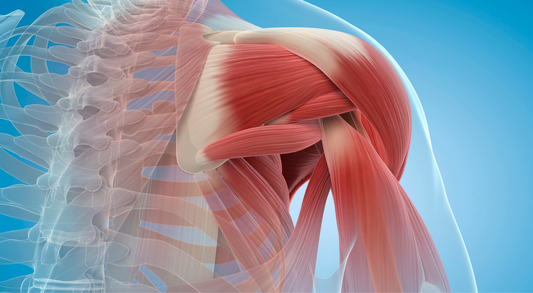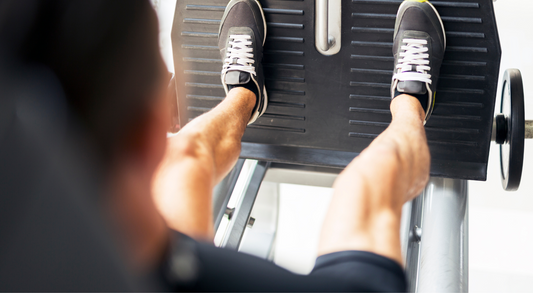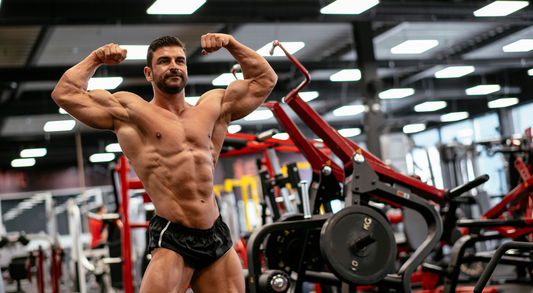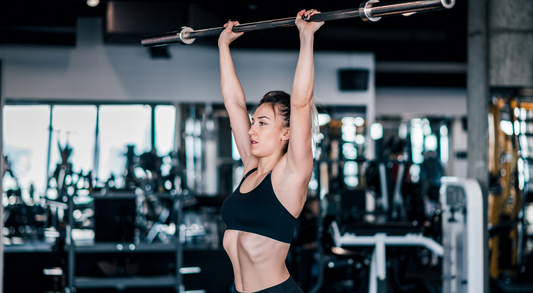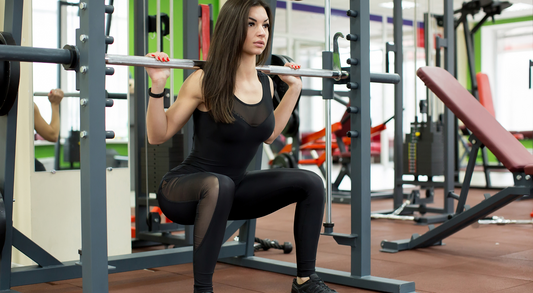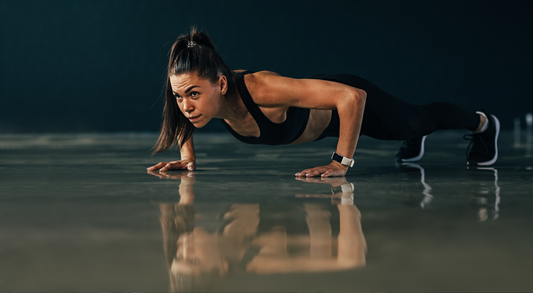Introduction
Front squats are a powerful exercise for building lower body strength and improving overall fitness. This guide will delve into the correct form and techniques for front squats, and how they can be integrated into your workout routine, enhanced by Voyager's Pre Workout.
The Basics of Front Squat Form
Front squats involve placing the barbell in front of your body, across the front of your shoulders. This position changes the dynamics of the squat, placing more emphasis on the quads and core.
Step-by-Step Guide to Perfect Front Squat Form
- Bar Placement: Rest the barbell on your front shoulders, with your elbows pointing forward.
- Stance: Keep your feet shoulder-width apart.
- The Descent: Initiate the squat by breaking at the hips and knees simultaneously.
- Depth: Aim to squat down until your thighs are at least parallel to the floor.
- The Ascent: Drive up through your heels, keeping your elbows high and chest up.
Benefits of Front Squats
- Quad Development: Front squats target the quadriceps more than back squats.
- Improved Core Strength: The front rack position engages the core muscles for stability.
- Enhanced Posture and Mobility: This exercise promotes a more upright posture and improves overall mobility.
Incorporating Front Squats into Your Routine
Front squats can be integrated into leg days or full-body workouts. They are a versatile exercise that complements other forms of squatting and lower body exercises.
Common Mistakes and How to Avoid Them
- Dropping the Elbows: Keep your elbows up throughout the movement to maintain proper form.
- Poor Mobility: Work on ankle and wrist mobility to improve your front squat form.
- Going Too Heavy Too Soon: Focus on form before increasing weight.
Voyager's Pre Workout: Your Training Partner
Enhance your front squat sessions with Voyager's Pre Workout, designed to boost energy, focus, and endurance. Find out more on our Pre Workout Product Page.
The Science Behind Squat Variations
Research shows that front squats may reduce stress and strain on the lower back compared to back squats, making them a safer alternative for many individuals. A study published in PubMed supports this, highlighting the different muscle activations between front and back squats.
Conclusion
Front squats are a valuable addition to any strength training program, offering unique benefits for lower body development and overall fitness. By mastering the correct form and incorporating them into your routine, you can achieve significant improvements in strength and functionality. Remember, a balanced approach to training, nutrition, and supplementation, as offered by Voyager, is key to maximizing your fitness results.
Explore our About Us page to learn more about Voyager's commitment to fitness and health.






